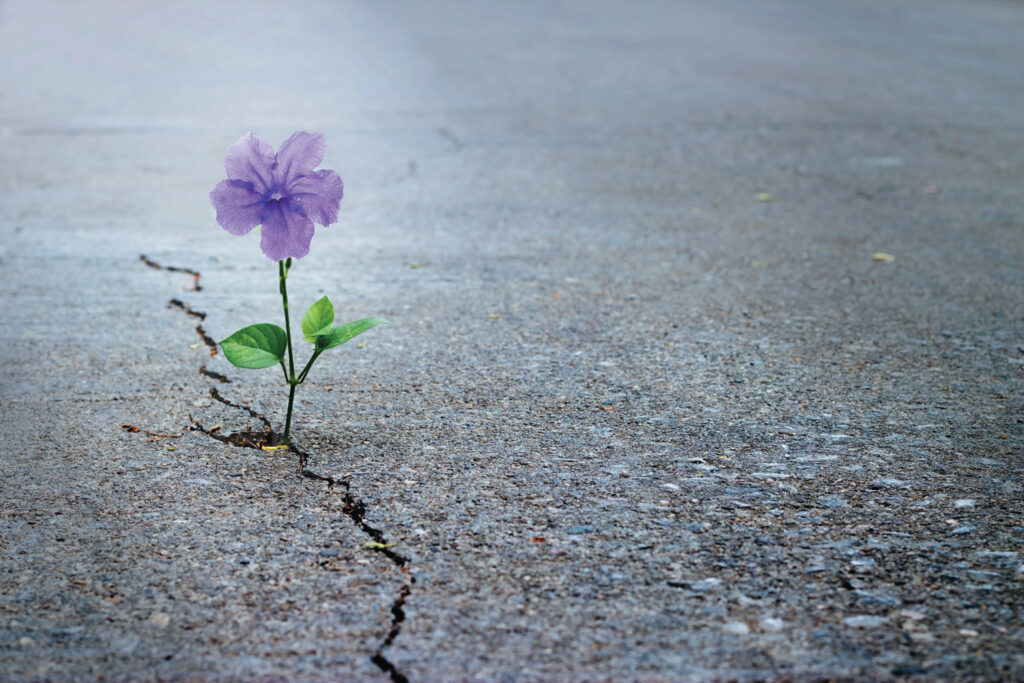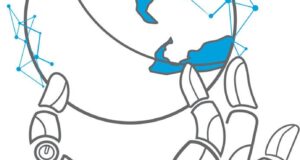
By Dallas Emerson
We’ve heard it before, and we’ve heard it a lot more than usual since COVID-19 hit: “You’ve got to be agile, you’ve got to adapt, and you’ve got to roll with the punches!”
It’s true, agility and adaptability are important. Rolling with the punches is a great skill.
But how does adaptation work?
Following the shutdowns that began in March, I interviewed about two dozen business leaders, association executives, and nonprofit directors to understand what they were doing in response to this rolling crisis. While these interviews were often fascinating from a leadership perspective, I learned one salient fact: As a culture, we don’t think about adaptation correctly.
Generally, we understand that adaptation is a response to a climactic event, which is true in broad strokes, but that leaves out a critical piece of information – traits that allow adaptation exist before a crisis.
Okay, I know that’s a strange statement, so let’s dig into a couple of analogies that are regularly drawn on to illustrate adaptation. After we go through these, I’ll explain why it matters that we change our conception of adaption in the business world.
Dinosaurs
The ultimate clichéd example of adaptation – or lack of it – is the death of the dinosaurs.
The story we learn goes something like this: The dinosaurs ruled the world, then one day a meteor struck the earth. The impact first caused a wall of fire to cover the earth and then plunged the world into a long, cold winter as billions of tons of dirt and ash filled the atmosphere. Then, from this apocalyptic scenario, mammals emerged, able to survive the extreme climate with their fur and self-regulating body temperatures.
Again, this is broadly accurate, but also misleading. The way we tell the story, it sounds like the meteor … created mammals. Or that a bunch of lizards looked up in the sky, saw the flaming meteor of doom barreling down on them and said, “Alright, boys, time to grow fur and be warm-blooded!” Which, obviously, isn’t what happened.
Instead, mammals existed before the meteor, living alongside of – or underfoot – the dinosaurs. Their small size and temperature regulation gave them distinct advantages in the upside-down world that followed the impact. They didn’t need as much
food to survive, and they could live in much colder temperatures. But prior to the meteor, these traits would be understood as disadvantages. Regulating body temperature takes calories and is unnecessary in a largely tropical world. The dinosaurs were so large because food was so plentiful, but being small just meant you were at the bottom of the
food chain.
Bunnies
Another example we hear fairly often has to do with bunnies’ fur changing colors. Sometimes, the story focuses on moths’ wing color, but bunnies are much cuter and more fun to talk about.
The basic story goes like this: There was a species of bunnies that was primarily dark colors. They were dark grey, brown and speckly tan. They lived in a forest, and these dark shades gave them great camouflage. One day, Krakatoa erupted, and it caused an unusual snowfall in this forest. Before long, the bunnies were all white, light grey or light tan.
The conclusion we inevitably draw is that the bunnies changed to adapt to their new, snowy environment, which is true. But it wasn’t an easy process, and it wasn’t quite as simple as we paint it to be.
You see, before Krakatoa erupted, there were a few lighter-colored bunnies that didn’t survive very long – they were easily spotted by hawks and foxes. When the snow fell – and fell a lot more and a lot longer than usual – suddenly, the light-colored bunnies had every advantage … and all the other bunnies became the easy prey.
So, what’s the lesson there? Basically, the bunnies adapted to their new world through genetic diversity. There were lots of bunnies of various shades, and when their world changed, the species could adapt and survive.
Associations
Okay, what does this mean for us in the association world?
We misunderstand adaptation. It doesn’t happen after a crisis starts – or at least it shouldn’t. Waiting until you’re in crisis mode to start changing means that change will be extremely painful and fairly risky. Your organization may find itself unable to change quickly enough.
No, adaptation starts before a crisis. The crisis exposes how that adaptation provided advantages.
COVID-19 is a major, ongoing crisis. We’ve all had to change to meet the needs of this new world. However, organizations that began to change before the first coughs were well prepared.
Think about cloud computing (I know, I write and talk about the cloud all the time); many associations began using cloud services for their day-to-day information – their Word docs, their spreadsheets, their emails. Prior to COVID, the primary advantages of using the cloud might have seemed like novelties. Working from home was nice, but everyone knew real work took place in the office. After COVID hit and our cities began to shut down, however, the ability to work remotely became paramount. Moving to the cloud could be troublesome and expensive, and these costs were not seen to be worth it prior to our present crisis. Now, those who made that change before March are seen as geniuses or visionaries.
Similarly, cloud-based VOIP systems, where you use the internet to make calls, were boons to organizations large and small. By virtualizing their phone infrastructure, organization didn’t miss a beat when it came to fielding calls from members and vendors. There was no calling into the office to check voicemail and then calling back on personal cellphones.
Associations that had provided the opportunity for staff to occasionally work from home had unwittingly been training for this very crisis, when we would all be stuck at home.
Organizations that had begun to make changes before COVID were able to roll with the punches and fully transform how they worked in a way that looked, at least to outsiders, totally organic and responsive, but was in reality part of a long process.
But how do we apply this knowledge? We can’t possibly predict what the next crisis will be.
But we can build in institutional flexibility. Like the bunnies, we can be immensely adaptable by having the resources on hand for rapid change.
Working in the cloud, allows us to securely access our data anywhere. Using mobile computers as opposed to desktops makes taking the office home with us much simpler. Shifting toward cloud-based VOIP providers means that our phone system with its complex ring tree is as mobile as we are. Developing communication protocols – when to text, when to call, when to email – ensures that when the world goes crazy we know how to reach out to one another about what topics. We’ve all been on Zoom calls that could have been emails.
All these are steps we can take to ensure that as the world changes, we’re ready to change with it. We want to shift away from physical infrastructure as much as possible. If your organization can afford to move your AMS to a hosted or cloud-based platform, do it. Get it out of your office, because who knows when you’ll need to close the office again.
Like the bunnies and their prehistoric rodent predecessors skittering under the dinosaurs’ feet, we need to have the traits that empower us to change with a world that can become unrecognizable without warning.
Dallas Emerson is the director of business development for the IT Guys. His mission is to empower leaders lacking in knowledge or confidence about tech issues to make wise decisions and see through the myriad of technical nonsense thrown at them every day. He can be reached at [email protected].
Photo credit: iStock.com/ipopba
 Association Leadership TSAE: Connecting association professionals to peers, resources, information and inspiration.
Association Leadership TSAE: Connecting association professionals to peers, resources, information and inspiration.



